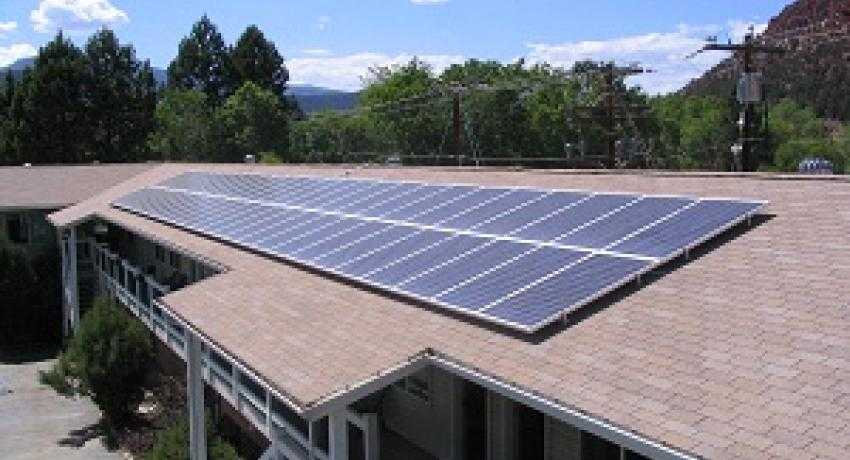Ski resorts and solar energy, part 2
The biggest hurdle for ski resorts, when it comes to installing solar, is the resort’s tremendous energy consumption, Schendler said.
That’s what most resort administrators said.
“The challenge we face is that we use so much power,” said Brent Giles, director of environmental affairs for the Powder Corporation, which owns several resorts in the Rocky Mountains, including Park City Mountain Resort in Utah and Copper Mountain Ski Area in Summit County, Colo.
There is only one solar feature at Park City. It’s a thermal solar hot water heater used for culinary purposes at a restaurant, Giles said.
“When you start thinking about what it would take to generate as much power as we need, it’s just silly.”
Park City Mountain Resort alone uses 13 million kilowatt hours of electricity a year, Giles said.
He said the resorts are committed to being good stewards, and they do look forward to installing some solar elements simply as educational tools for resort guests.
“But it just seems awfully expensive when you can put that money toward new technologies and making your operations more efficient,” Giles said.
He said Park City has spent more than $1 million on efficiency projects in the last year and reduced its energy expenses by $170,000 a year, cutting energy use by 2.7 million kilowatts, Giles said.
“That’s saving 2.7 million kilowatt hours,” Giles said. “Now if you try to put a number on producing 2.7 million kilowatt hours, it would be a hard thing to do.”
The Powder Corporation has made a commitment, he said, to reducing its carbon footprint and stripping its energy use down before administrators think about adding renewable energy production options.
In the meantime, he said, the resort buys wind energy credits, enough of them to account for 100 percent of its use.
Story continues here.
Pictured: Thunder River Lodge solar, Aspen' employee housing unit. 10kW solar array. Photo credit Daniel Bayer.




